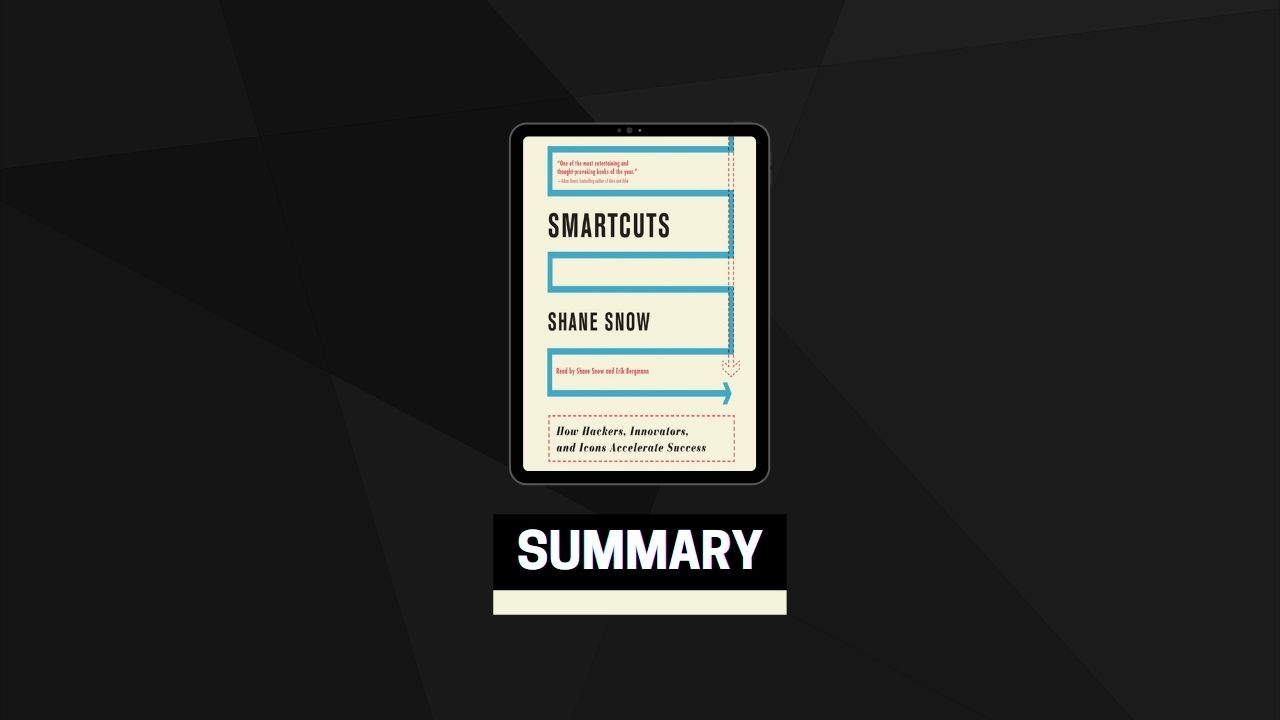Hacking the Ladder: “Bored Mormons”
We live in an age of nontraditional ladder climbing. Not just in politics, but in business and personal development and education and entertainment and innovation. Traditional paths are not just slow; they’re no longer viable if we want to compete and innovate.
That’s great news, because throwing out the dues paradigm leads us toward meritocracy. But to be successful, we need to start thinking more like hackers, acting more like entrepreneurs. We have to work smarter, not just harder.
Training with Masters: “The Vocal Thief”
Mentorship doesn’t always yield success. But when we look at superlative success stories throughout history, the presence of an in-person mentor or a world-class, long-distance mentor with whom the mentee has a deep, vulnerable relationship is almost always manifest. The smartcut is the same.
The world’s youngest Nobel Prize winner, 25-year-old Lawrence Bragg, won the coveted award for physics in 1915 in conjunction with his father, master physicist William Bragg, who had mentored his son in the lab. (The younger Bragg, who was later knighted, went on to run the lab where James Watson and Francis Crick discovered DNA.)
The billion-dollar micro-blogging service Tumblr earned its founder, 26-year-old David Karp, $200 million in 2013, after six years of hard work. But it was in the second year that everything changed; that was when Karp brought in his personal mentor and friend, tech executive John Maloney, to guide him and the Tumblr rocket ship to maturity. This story is a repeat of that of countless other fast-growing companies.
And comedian Louis C.K., who as we saw earlier did things the hard way for 15 years, finally transformed his career with this same smartcut. In his depression as a failing comic, C.K. turned to his childhood comic icon, George Carlin. He resolved to tick like Carlin ticked. So he started to mimic Carlin’s process, memorize the details of his life. He soaked in Carlin’s style of telling raw, honest stories about himself—jokes that exposed Carlin’s human vulnerabilities—and began telling similarly vulnerable jokes about himself.
When C.K.’s long-distance connection with Carlin became more than mimicry, it transformed him. And that’s when his career finally took off.
You can feel the depth of that relationship when C.K. speaks about Carlin. “He was a beacon for me,” C.K. said, choking with emotion, to a crowd at the New York Public Library in 2010, after Carlin’s passing. “I’m doing exactly what he taught me to do.”
Rapid Feedback: “The F Word”
If you’ve ever been bowling, you may have experienced this effect (or seen someone else experience it). Everyone loves to give bowling advice to the guy who’s losing. “Try throwing it harder,” your friend says after you manage to knock down three pins. “Twist your wrist a little as you let go,” says the girl who just bowled a strike, after you hit one more pin. The next time you’re up, someone else says, “Aim just to the right of the middle pin,” and the first guy adds, “Bend your knees.” Your teammate reminds you, “You need to get a spare for us to still have a chance to win.” So, you step up to the line and throw the ball—knees bent, wrist twisted, eyes staring to the right of the middle pin, and what else am I supposed to be doing?!—right into the gutter.
All that feedback made you worse at bowling. Not because it wasn’t decent advice, but because a high-pressure feedback barrage tends to make us self-conscious. We get stuck inside our own heads.
The closer feedback moves our attention to ourselves, the worse it is for us.
The research showed that experts—people who were masters at a trade—vastly preferred negative feedback to positive. It spurred the most improvement. That was because criticism is generally more actionable than compliments. “You did well” is less helpful in improving your bowling game than “You turned your wrist too much.”
Crucially, experts tended to be able to turn off the part of their egos that took legitimate feedback personally when it came to their craft, and they were confident enough to parse helpful feedback from incorrect feedback. Meanwhile novices psyched themselves out. They needed encouragement and feared failure.
The tough part about negative feedback is in separating ourselves from the perceived failure and turning our experiences into objective experiments. But when we do that, feedback becomes much more powerful.
Platforms: “The Laziest Programmer”
Platforms can take the form of tools and technology like games and tires and calculators; they can also take the form of environments like pro racing leagues or superstandard schools. In either case, the platform amplifies the effort and teaches skills in the process of using it.
Is it any wonder that nearly two-thirds of the patents filed over the last three decades came from twenty metropolitan areas with only one-third of the US population? More innovation, creativity, and art per person happens in large metro areas than other places; what Jonah Lehrer calls “urban friction” and Richard Florida calls the “creative class” turns cities into higher platforms for success-seekers.*
Platforms are why so many aspiring actors migrate to Los Angeles and why budding fashion bloggers move to New York. Platforms are why Harvard Law graduates have easier times finding jobs than those from other schools. Though it’s much more difficult to get into Harvard than other law schools, you will get more leverage with a degree from Harvard. That’s from a combination of Sinatra-style credibility and premium educators, both of which make up Harvard’s platform.
Platforms are how Twitter could build Twitter in mere days while running a separate company. And platforms are why Finland made all its teachers get master’s degrees and its students learn with hands-on tools that made learning better.
Effort for the sake of effort is as foolish a tradition as paying dues. How much better is hard work when it’s amplified by a lever? Platforms teach us skills and allow us to focus on being great, rather than reinventing wheels or repeating ourselves.
Superconnectors: “Space, Wars, and Storytellers”
Which is easier—making friends with a thousand people one by one or making friends with someone who already has a thousand friends? Which is faster—going door to door with a message or broadcasting the message to a million homes at once?
This is the idea behind superconnecting, the act of making mass connections by tapping into hubs with many spokes.
Imagine you’re at a party and you don’t know any of the other guests. You look around at the dozens of people and, if you’re extroverted, you’ll probably strike up a conversation with someone nearby. If you’re a little more timid in unfamiliar territory like I am, you might wander around in hopes that someone strikes up a conversation with you.
Now imagine that a friend of yours shows up. She happens to know everybody at the party and she decides to take you around and meet everyone whom you should know. You soon meet a dozen people, with very little effort. Your friend is a superconnector.*
That’s the role that mass media has played in our lives for the past two centuries—superconnecting sources of information to relevant audiences all at once and superconnecting businesses to millions of potential customers through advertising.
“The number one problem with networking is people are out for themselves,” says Scott Gerber, founder of the Young Entrepreneur Council, who coined the term superconnector. “Superconnecting is about learning what people need, then talking about ‘how do we create something of value.’”
This is a twist on the classic networking advice, which advocates boldly meeting people and asking them for things. Building relationships through giving is more work than begging for help, but it’s also much more powerful.
Simplicity: “Hot Babes and Paradise”
“Less is more” and “small is beautiful” are common aphorisms in Finland, and Finnish schools injected them into the curriculum. While every other country added more tests, more homework, and more athletics—with decreasing academic results—Finland scaled back on all of the above.
Walk into the typical high school in America. What do you see? The first thing you see? A wall full of trophies. Are they academic trophies? Hell no. They are athletic trophies
In Finland, on the other hand, there are no school sports teams. As sad as that may sound to those of us who grew up cheering on the football team, the lack of in-school athletics allowed Finland to focus minds and resources and sprint forward academically. Kids can play intramural sports on their own and on the weekends, but they go to school to learn.
Classes were small, yes. But more interestingly, students often had the same teachers for several years in a row, developing rapport and allowing teachers to focus heavily on individual students’ needs.
Students start learning vocations like engineering and business as soon as they hit high school. They skip many of the general education courses most of us forget. And they actually like school.
Research shows that kids who are tenaciously focused—psychologist Angela Duckworth calls them “gritty”—beat smarter kids in spelling bees. Their hard practice is targeted, simplified. This is the art of being a first-class focuser.
Geniuses and presidents strip meaningless choices from their day, so they can simplify their lives and think. Inventors and entrepreneurs ask, How could we make this product simpler? The answer transforms good to incredible.
Perhaps that’s why Steve Jobs referred to simplicity as “the ultimate sophistication.”
10X Thinking: “The Rocketeer”
10x goals force you to come up with smartcuts.
Elon Musk calls this “getting to first principles.” In the 1800s 10 percent style thinking for faster personal transportation translated into trying to breed stronger horses. First principles would suggest instead thinking about the physics of forward movement, then building up from there, leveraging the latest technology—like the internal combustion engine.
Most “innovation” inside industries and companies today focuses on making faster horses, not automobiles. That’s why so many of us fall victim to the innovator’s dilemma, wherein competitors usurp while we think we’re being innovative.
First principles force us to let go of paradigms. You can trade in a ton of effort in exchange for just the right perspective. You could shoot an awful lot of arrows trying to get all the way through the orchard. But the really, the best thing to do would be to move around until you got the trees lined up. That process of not spending all of your time shooting the arrows, but trying to reframe the problem . . . is really about bravery, about creativity
But wait, are we just building a case for 10x-style swings based on the word of billionaire-funded crazy people?
Academic research actually shows that we’re less likely to perform at our peak potential when we’re reaching for low-hanging fruit. That’s in part because there’s more competition at the bottom of the tree than at the top. And competition in large numbers doesn’t just decrease general odds of winning. It creates underperformance.


